A guide on how to choose the best substrate for your aquarium
Why Substrate Matters in an Aquarium Setup
When setting up a tank, many aquarists focus heavily on decorations, filters, and lighting—but the aquarium substrate is just as crucial. It forms the foundation of your tank's ecosystem, supporting beneficial bacteria, anchoring plants, and even influencing water chemistry.
Substrate plays a vital role in biological filtration. As water flows through the tiny gaps between grains, colonies of helpful bacteria can thrive, breaking down harmful ammonia and nitrite. This is essential for maintaining a healthy, balanced tank environment.
It also affects the behavior and well-being of your aquatic life. Some fish species enjoy digging or sifting through the substrate, while others rely on it for spawning. Choosing the right type of substrate enhances both the aesthetic and function of your aquarium.
Types of Aquarium Substrate: A Quick Overview
There are various types of substrate for aquarium use, each with its own advantages and limitations. Common types include gravel, sand, aqua soil, and crushed coral—each suited to different tank goals and species.
Gravel is durable and easy to clean, making it a popular choice for beginners. Sand offers a smooth texture ideal for bottom dwellers but requires careful maintenance. Aqua soil is nutrient-rich and best for planted tanks, though it can be more costly.
Choosing the right substrate depends on your fish, plants, and personal style. A bit of research goes a long way toward finding a substrate that’s both functional and visually pleasing in your setup.
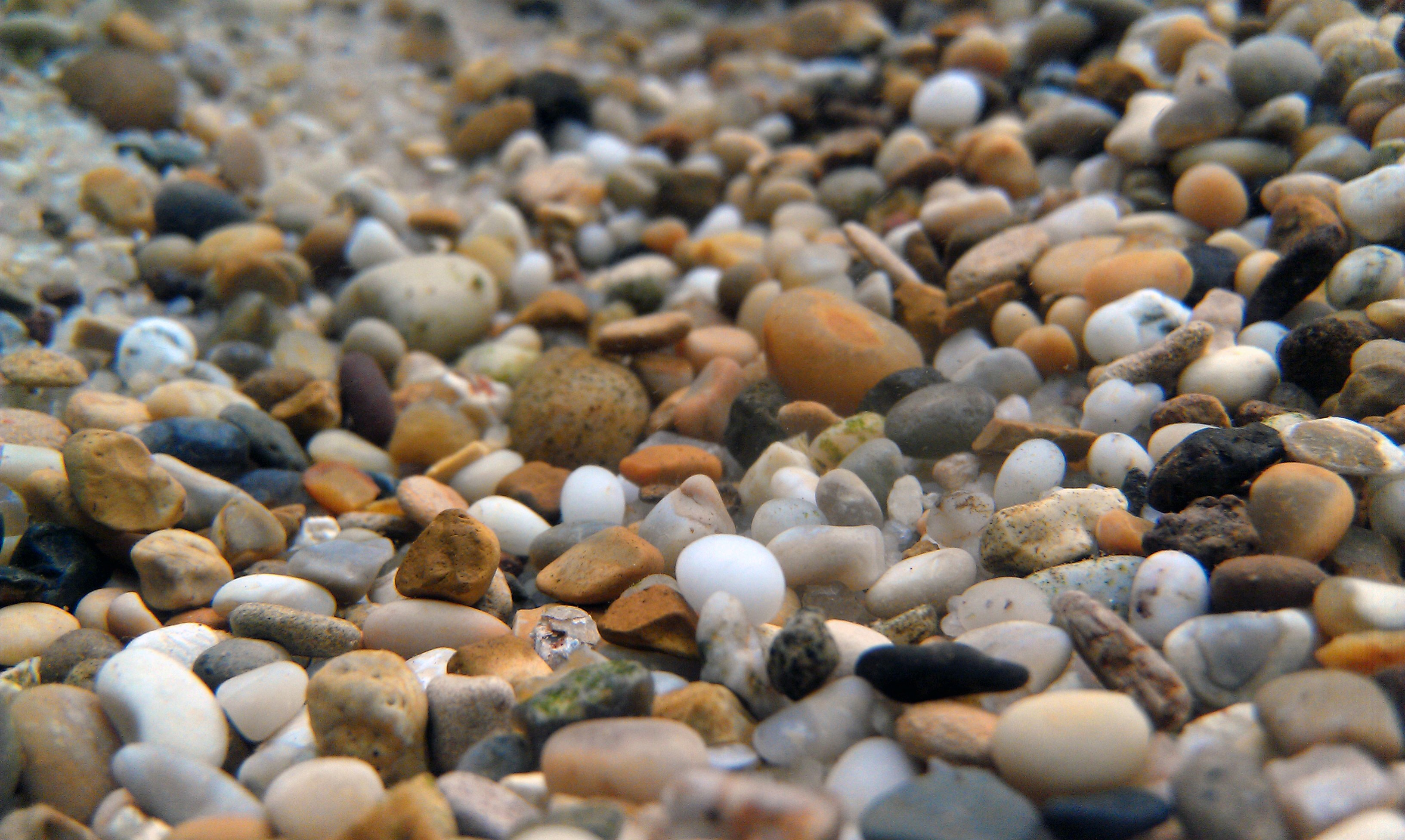
Choosing the Right Substrate for a Freshwater Tank
When selecting a substrate aquarium setup for freshwater tanks, it's important to match it to the needs of your livestock and any live plants. Substrates come in varying textures and chemical compositions, some of which alter water hardness or pH.
In a freshwater tank with no plants, inert substrates like plain gravel or sand work just fine. However, if you plan to include live plants, you’ll want a substrate that can support root development and nutrient delivery.
The substrate also impacts the cleaning process. Coarser substrates like gravel allow food and waste to fall through, making it easier to vacuum. Finer options like sand, while smoother for fish, can compact easily and trap debris.
Best Substrates for Planted Aquariums
Selecting the right aquarium substrate for plants is one of the most critical steps in establishing a thriving planted aquarium. Unlike decorative tanks, planted tanks benefit from substrates that offer nutrients and structural support to root systems.
Aqua soils, clay-based blends, or specially formulated plant substrates are excellent choices. These are designed to release nutrients slowly, providing long-term support for healthy plant growth and minimizing the need for root tabs or additives.
Some hobbyists also opt for the best aquarium sand designed specifically for planted tanks. These sands are often enriched with iron and other trace elements that benefit plant roots. However, always ensure your sand doesn’t compact too tightly, as roots still need oxygen flow.
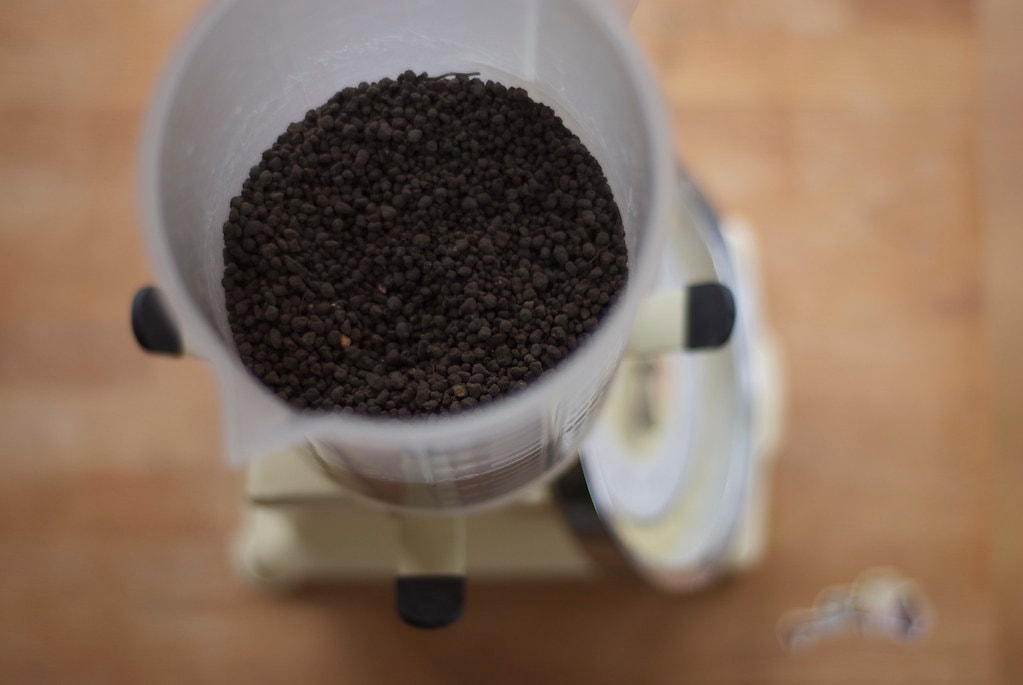
Inert vs Active Substrates: What Is the Difference?
When setting up your aquarium, understanding the difference between inert substrate and active substrate is essential. Inert options, such as plain gravel or sand, contain no nutrients. They are stable and don’t alter water parameters, making them ideal for fish-focused tanks or those with fewer rooted plants.
Active substrates, on the other hand, are rich in nutrients and often made from specialized soil blends or clay-based materials. These substrates support plant growth by slowly releasing nutrients into the water column and directly to plant roots. They are ideal for planted tank enthusiasts aiming for vibrant greenery.
However, active substrates may temporarily alter pH or spike ammonia and nitrate levels during the early stages. If you choose an active aquarium substrate, it's important to cycle your tank thoroughly and monitor your water parameters closely before introducing fish.
Grain Size and Texture: How It Affects Fish and Plants
The grain sizes and texture of your substrate play a major role in both plant health and fish behavior. Fine-grain soil or sand is gentle on bottom-dwelling fish like corydoras, preventing injury to their delicate barbels. Larger-grain gravel, while offering better water flow, may trap organic debris and make cleaning harder.
For plants, fine or medium-grain substrates allow easier root penetration and nutrient access. Some plants thrive when their roots are securely held by soft clay-based materials, which also retain nutrients better than coarse gravel. The wrong texture can limit root spread and hinder plant growth.
Texture also affects maintenance. Coarse substrates allow debris to fall between particles, where it may accumulate unnoticed, while fine substrates can compact and lead to anaerobic zones. Choosing the right texture for your planted aquarium helps balance the needs of both your fish and your plants.
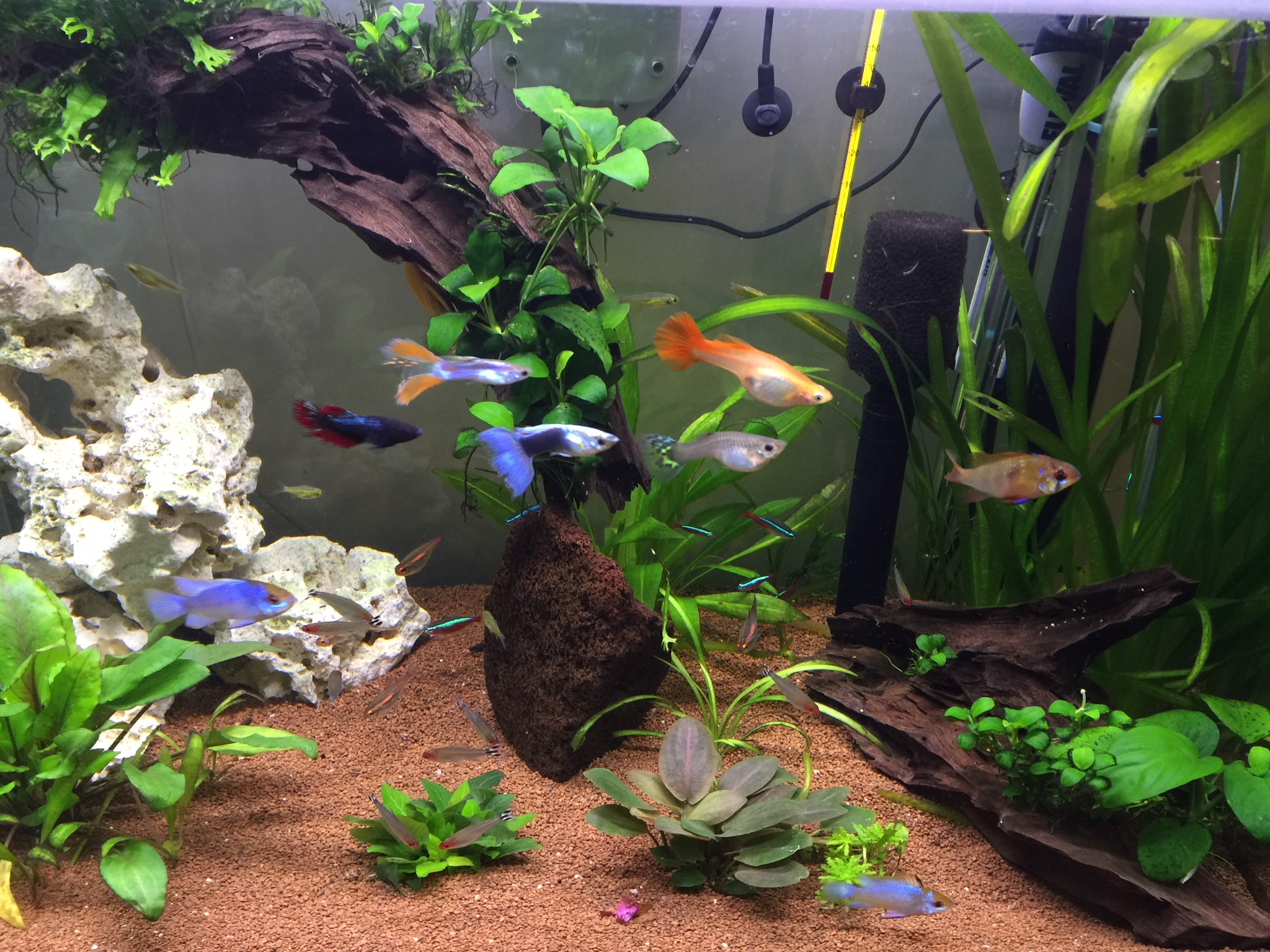
Color and Aesthetic: Appeal of Substrates
The color of your aquarium substrates plays a major role in the visual impact of your tank. Dark substrates, such as black or brown soil, often make plant greens and fish colors stand out dramatically, enhancing the natural look of your aquarium. Lighter options can create a clean, minimal aesthetic, but may reflect more light, making algae more visible.
Aesthetic appeal also depends on how the substrate complements your hardscape and livestock. Some aquarists choose color to match a biotope theme or highlight specific plants and fish. Whether you’re going for a vivid aquascape or a subdued, earthy look, color is more than just decoration—it sets the tone for your tank.
From natural materials like river gravel and clay-based soil to artificially dyed sands, options are abundant. Just be sure the substrate you pick is aquarium-safe and doesn’t alter water chemistry, especially in a planted tank where stability is key.
Substrate Depth: Finding the Perfect Balance
Getting the right layer depth in your tank is crucial for both aesthetics and function. A general rule for planted tanks is 2–3 inches of substrate to allow plant roots to anchor and spread effectively. Too shallow, and your plants may not root well; too deep, and you risk anaerobic pockets forming beneath the surface.
Depth can also vary depending on substrate aquarium type. Fine soil may compact more easily, while larger grain materials allow for better gas exchange. Layering different grain sizes—such as a base of clay or nutrient-rich soil topped with an inert cap—can offer the best of both worlds in a planted setup.
In addition to plant needs, consider how substrate depth affects fish and overall tank health. Burrowing species require deeper beds to satisfy their instincts, while tanks with minimal livestock may benefit from shallower layers for easier cleaning. Striking the right balance supports healthy root systems and helps maintain stable water parameters.
CO2 Injection and Its Influence on Substrate Choice
CO2 injection in a planted aquarium can significantly impact the choice of aquarium substrates. When CO2 is added, it increases the efficiency of plant growth, creating an environment where the plants need a substrate that can hold nutrients. Active substrates, like those with clay or organic material, can support CO2-driven plant growth by helping to retain essential nutrients.
For tanks with CO2 systems, substrates that retain nutrients are especially important. Nutrient-rich substrates or those with high cation exchange capacity (CEC) ensure plants can absorb nutrients more efficiently, enhancing root development. On the other hand, inert substrates like gravel or sand might not retain nutrients as effectively, so extra supplementation through root tabs is often needed.
In high-tech setups with CO2 injection, the added carbon dioxide helps plants access nutrients more quickly, and a planted tank substrate that allows for proper gas exchange is essential. This will ensure that ammonia and nitrate levels remain stable, creating an ideal environment for both plant and fish health.
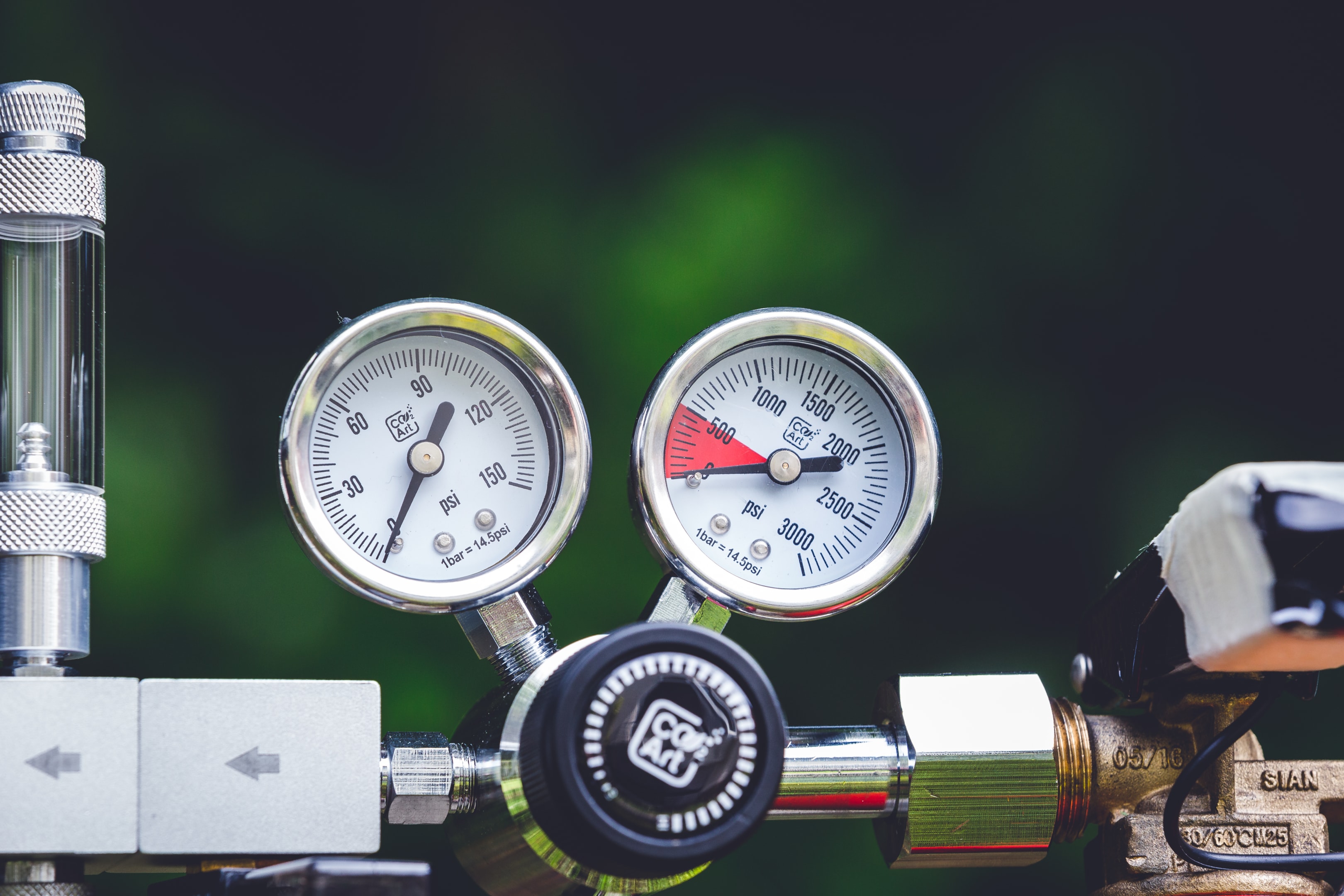
Substrate Maintenance and Cleaning Tips
Regular substrate maintenance is essential to maintain a clean and healthy environment for your aquarium plants and fish. Over time, organic debris such as uneaten food, dead plant matter, and fish waste can accumulate in the substrate, leading to water quality issues. To avoid this, regularly vacuum the substrate with a gravel cleaner, paying attention to areas where debris collects.
In planted aquariums, cleaning the substrate can be a delicate process. While you don’t want to disturb plant roots too much, periodic cleaning helps maintain healthy water parameters. Inert substrates, like sand, can trap debris on the surface, so using a gentle vacuum that doesn’t stir up too much substrate material is key to preserving the balance.
For tanks with nutrient-rich substrates, it’s also important to avoid over-cleaning. Since these substrates provide essential nutrients for plant growth, overly aggressive cleaning can remove vital elements. Ensure that your cleaning routine focuses on surface debris without disturbing the deeper layers, which are crucial for plant root health.
Choosing the Right Substrate for Your Aquarium Size
The size of your aquarium plays a significant role in determining the best substrate for your setup. Larger aquariums generally require more substrate to cover the base effectively, and this provides more room for plant roots to spread. For smaller aquariums, choosing a substrate aquarium with a finer texture or lower depth is important, as it won’t overwhelm the tank and will allow for easy maintenance.
When selecting a substrate for different tank sizes, you should also consider the growth potential of your plants. Larger tanks with vibrant plant growth might benefit from a nutrient-rich substrate or layers of soil and clay that can support long-term growth. Conversely, smaller tanks may do well with a thinner layer of inert substrate, which requires fewer adjustments and is easier to manage.
Choosing the right substrate depth and material will also affect your ability to manage water chemistry and ammonia and nitrate levels. In larger tanks, the substrate will help maintain more stable water parameters, especially when choosing nutrient-rich soils that support robust plant growth and efficient filtration.
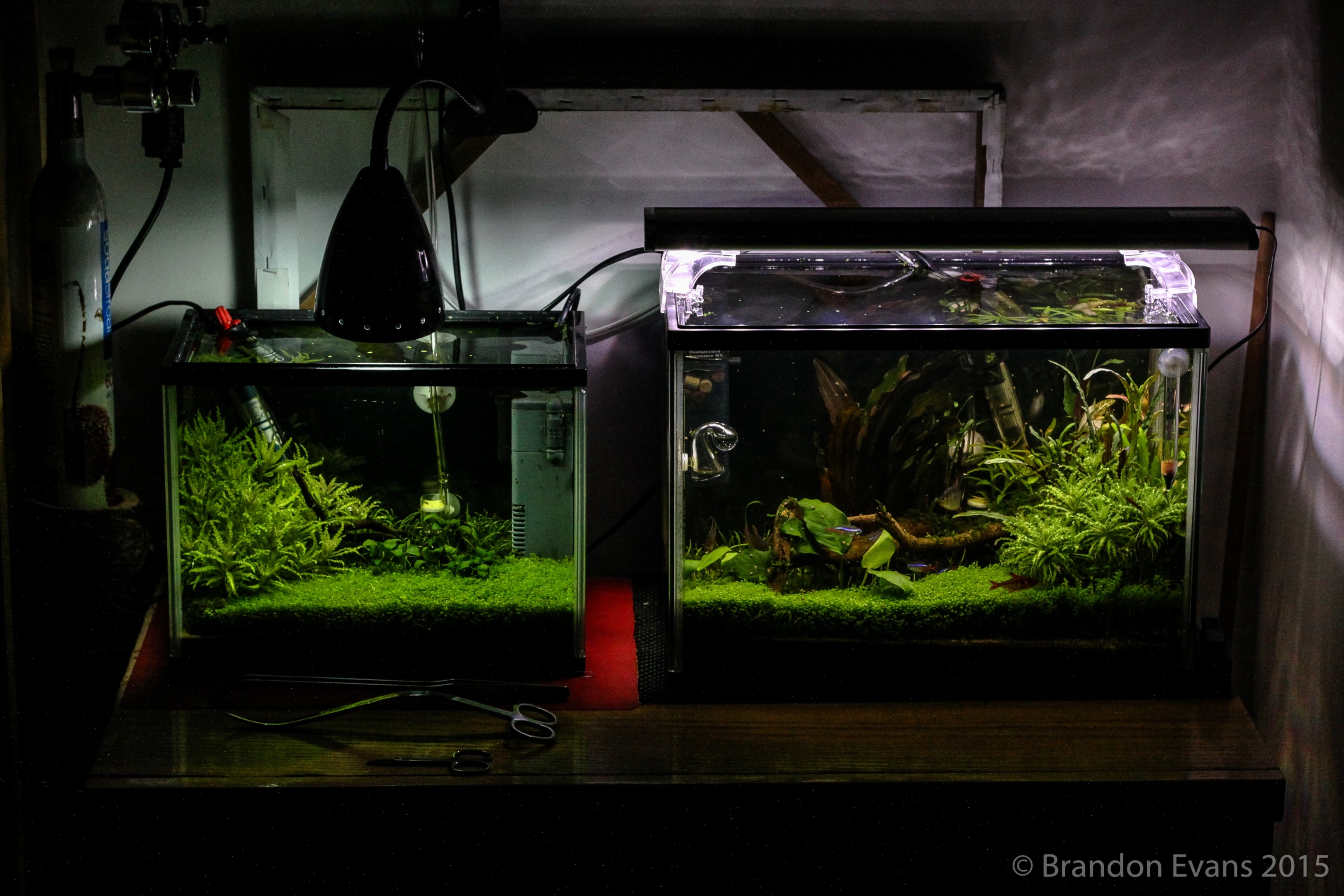
The Role of Soil in Plant Growth
Soil plays a critical role in ensuring healthy and robust plant growth in your aquarium. Nutrient-rich substrates are often made from a combination of organic materials, clay, and other natural elements that promote root development and provide essential minerals for plants. These materials help maintain proper levels of nutrients such as nitrogen and phosphorus, which are crucial for plant health and water quality.
When selecting a substrate aquarium, it's important to choose soil that suits your specific plant needs. For example, some aquatic plants thrive in organic soils that support high levels of nutrients, while others prefer inert substrates that are less likely to alter the water chemistry. The soil’s texture and structure also influence the ease with which roots can grow and access nutrients. A balanced soil mix can help create a thriving ecosystem where aquatic plants and fishcoexist harmoniously.
Understanding the Impact of pH and Water Chemistry on Substrate Choice
When selecting the right substrate for your aquarium, it's crucial to understand how it can impact pH and water chemistry. Different substrates can either buffer or alter the pH levels in your tank, which, in turn, affects the health of your plants and fish. For example, inert substrates like sand or gravel generally have little effect on pH, making them ideal for aquariums that house fish requiring stable water parameters.
On the other hand, nutrient-rich substrates made from clay, soil, or organic materials can influence the pH by releasing minerals into the water column. These substrates may slightly lower the pH, which could benefit certain plant species or fish that thrive in slightly acidic conditions. Understanding the interaction between your substrate and water chemistryis key to maintaining a balanced aquarium environment.
Choosing the appropriate substrate based on your tank's water parameters is important for long-term success. Make sure to monitor the effects of the substrate on your aquarium's pH and adjust accordingly, especially if you notice any stress in your plants or fish.
Conclusion: Choosing the Best Substrate for a Thriving Aquarium
Choosing the right substrate is an essential aspect of setting up a healthy, thriving aquarium. It affects plant growth, water quality, and the overall aesthetic of your tank. Whether you opt for an inert substrate or a nutrient-rich soil, understanding the unique needs of your aquatic plants and fish will help guide your choice. Make sure to consider factors like grain size, depth, and water chemistry to find the best option for your aquarium.
Additionally, substrate maintenance is an ongoing process that requires attention to ensure optimal conditions for your tank's ecosystem. Regular water changes, proper cleaning techniques, and the use of root tabs or other supplements can maintain the health of your plants and the stability of your water parameters. With the right choice of substrate, you’ll create a balanced environment that supports vibrant aquatic plants, healthy fish, and a visually stunning tank.
Meet our bestseller! The Pro-Elite Series Complete Aquarium CO2 System with New Inline CO2 Diffuser!




